Linking biodiversity and land-use intensity using remote sensing
Research in landscape ecology focuses on how populations or biodiversity respond to changes in the landscape caused by e.g. habitat loss and fragmentation. Techniques in remote sensing have been used rather extensively in research focusing on structural and functional diversity in plant communities. However, remote sensing techniques have rarely been utilized in landscape ecology focusing on mobile organisms which rely on multiple habitat types. Hence, whilst it is well-known that he diversity of butterflies, bumblebees and farmland birds benefit from increasing landscape heterogeneity, the role of increasing land-use intensity not equally well understood. This study aims at determining the relative roles of landscape structure and landscape-wide land-use intensity on biodiversity. The project builds on close collaboration between researchers in landscape ecology and remote sensing.
The project is a bridge between two other projects: The first is "Integrating indicators of land-use intensity in landscape ecology using remote sensing" funded by the Lund University strategic research area BECC, and the second is "Land sparing 2.0: using remote sensing to inform trade-offs and synergies between biodiversity protection and enhancing ecosystem services in agriculture" funded by the Swedish Research Council FORMAS. Both projects are carried out in collaboration between Lund University’s Department of Physical Geography and Ecosystem Science, and the Centre for Environment and Climate Research.
At the core is the development of remote sensing methodology for estimation of productivity in agricultural land, and linking this to biological diversity in nature conservation areas. Productivity is estimated using vegetation indices extracted from time series of data from the satellite Sentinel-2. Biological diversity is estimated from species data of different organisms (e.g. birds, butterflies and plants).
Funding: Strategic Research Area BECC and Swedish Research Council FORMAS
Duration of participation: July 2018 - June 2020
Output:
Published as an open access peer-reviewed article in Ecological Indicators.
Popular science blog post.
